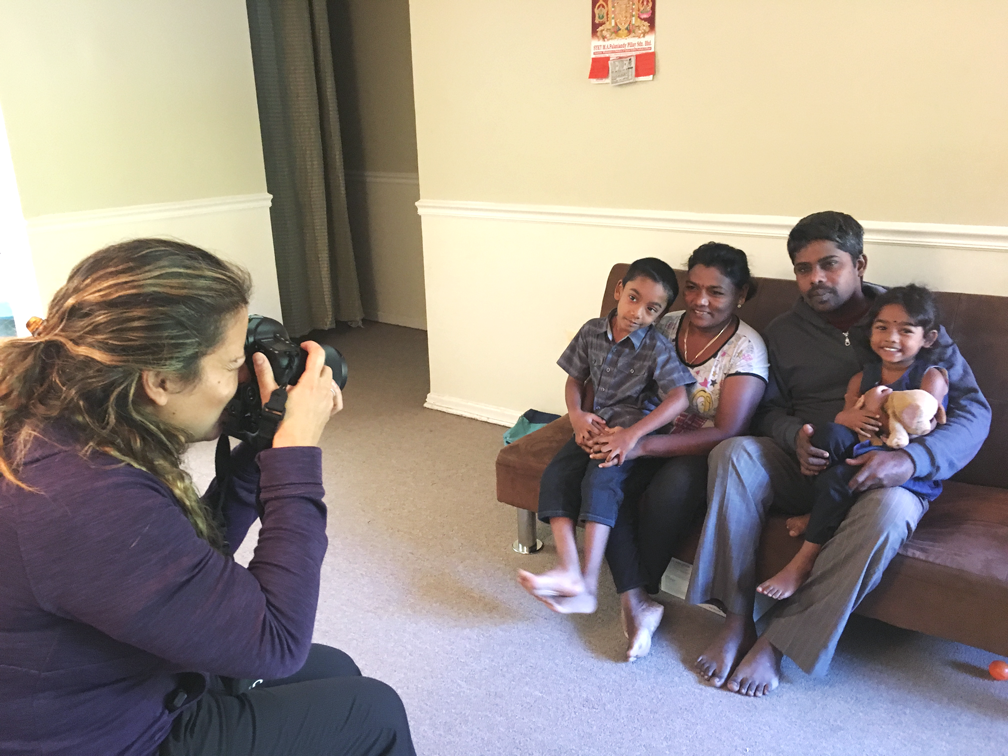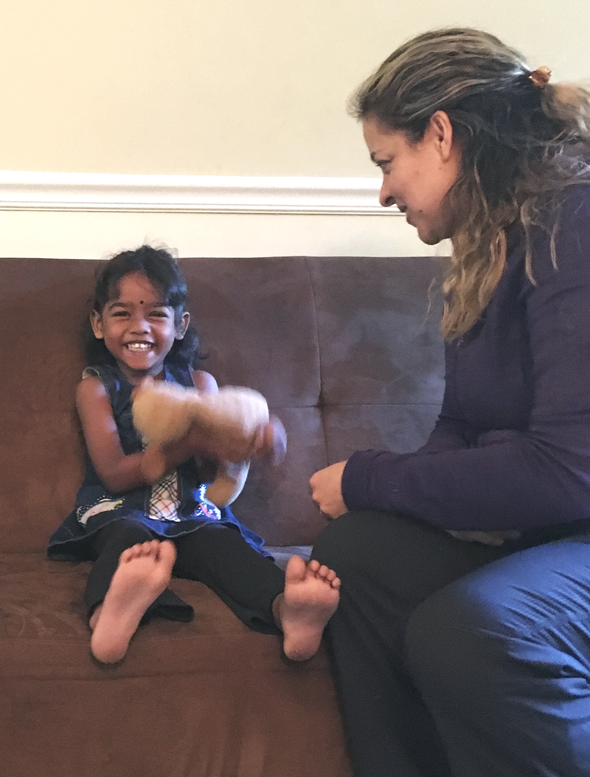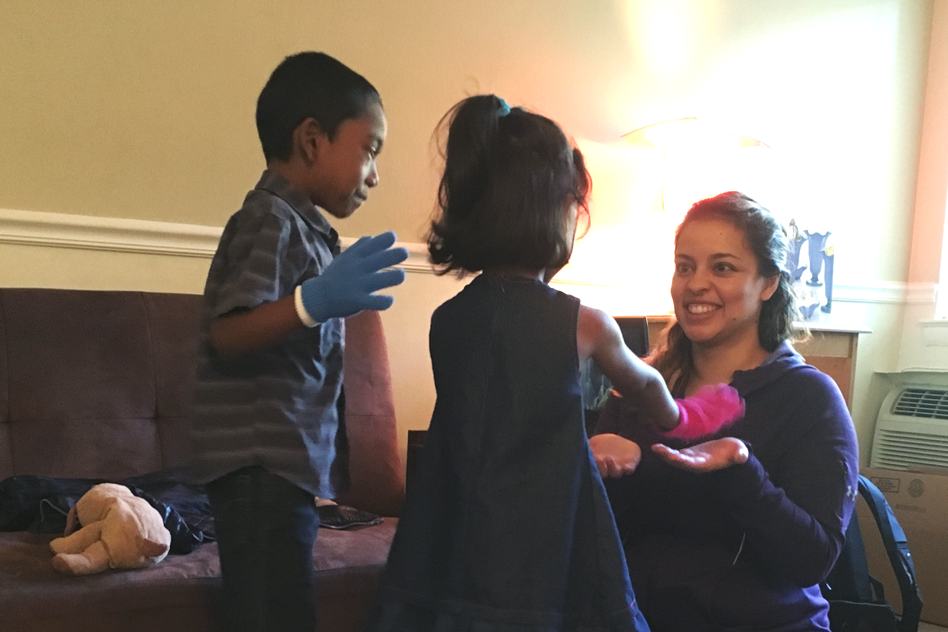I've been working on a new project lately. With the help of a local refugee resettlement agency, I've been taking family portraits of newly arrived refugees into the United States. I take these photos, print them out, frame them and give them to the families ready to hang. I do this because, my assumption is that, they most likely leave all of their photographs behind when they have to flee their homes.



Photographs are incredibly important to me. Not necessarily the ones I own, but the idea that photographs are a necessary part of society. Those who know me are probably tired of hearing me say that photographs are the visual journals we leave behind when we're no longer here. Photographs tell the story of how we got here, what our homes looked like, who our family and friends were, etc. I came to this idea when my father-in-law Dan passed away. In preparation for his memorial celebration, we poured through hundreds of photographs chronicling decades of his life and hundreds of years of his family's history. There were photographs from the early 1900s in the boxes. I realized in that moment, watching my family sit on the floor trying to whittle down the finalists that would best describe the Dan we all knew in a slideshow, that once we're gone, this is what our loved ones hold on to, photographs.
The project serves two goals. The first is to provide these families with a welcome gift of sorts, a family portrait that can signify their new journey living in the United States. If they have left all of their photographs behind, these photos can serve as some of their first printed images. They can be a snap shot of how old their kids were when they arrived and what their new homes looked like. Their children can look back on these images and remember their family's first months in a new country.
The second goal is to use these images to change the anti-refugee rhetoric that has become alarmingly negative in the United States. This project is my way of showing that I stand with those who suffer in the midst of war and violence, and that I wish to dispel the myth that refugees are to be rejected. These are families just like ours. After being in their homes, spending time with them, eating with them, and playing with their children I can honestly say that all of my experiences have been warm and welcoming. They are so much more alike to us than they are different. I hope that these images can show that. Currently, refugees are entering the United States under a climate of fear against refugees. The new Trump administration has helped spread fear and uncertainty across their community and the groups who help resettle them. They are scared of what the future will hold for not only the refugees who are here but for those seeking safety from war and violence. According to Amnesty International:
“In the United States, polling shows that Americans overwhelmingly would welcome refugees into our country, yet politicians continue to attack refugees, particularly Syrian and Muslim refugees, and anti-Muslim rhetoric has real consequences: numerous governors and officials have spoken out against Syrians and Muslims, hate crimes are on the rise against Muslims (or perceived Muslims) in the US, and a few states have halted the resettlement of all refugees because of the perceived “terror threat” from Syrian and Muslim refugees.”
You can help me in welcoming refugee families into the United States by writing your local government officials and telling them that you support refugee resettlement in your community. If you have refugees in your neighborhood already, say hello, welcome them, get to know them. I recently met a family who communicated with another family using Google Translate to break the language barrier. I thought this was genius! Finally, you can volunteer with a resettlement agency. Fore more information, Amnesty International has put together this "I Welcome Refugee Toolkit." While it specifically addresses Syrian refugees, it's easily applicable to refugees and asylum seekers from all over the world.
The Refugee Family Memories Project gives newly resettled refugee families family portraits. The project helps families rebuild their family albums as they most likely leave all of their photographs behind when they have to flee their homes. In addition, the project works to change the anti-refugee rhetoric in the United States. This project shows that I stand with those who suffer in the midst of war and violence, and that I wish to dispel the myth that refugees are to be rejected. These are families just like ours.
